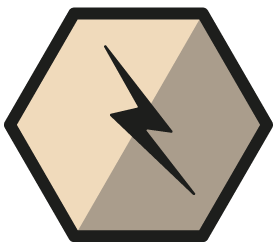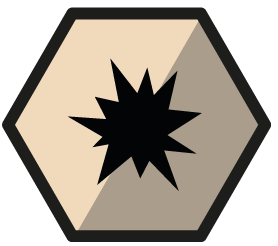
What is Gamma-Ray Hunters?
Your door to the extreme Universe
Gamma-ray Hunters is a web application to discover very high-energy astrophysics. In it, you can follow 4 students carrying out research using the MAGIC telescopes, and learn about black holes, pulsars and galaxies of active nuclei.
In addition, we have prepared a challenge for you. If you complete it, you can participate in the prize draw to win a trip to La Palma for a night of observation using the MAGIC telescopes.
Register and start your journey to become a gamma-ray hunter.
Why Gamma-Ray Hunters?
Because we want to go to infinity and beyond
Gamma-Ray Hunters was born from the desire to bring young people closer to the most energetic and extreme phenomena of the Universe, as well as introduce them to the tools used to study them. To do so, we have created this platform with a format and design that hopes to be innovative at all times, by combining web, Python and audiovisual material.
The web application is aimed at secondary-school students, but everyone is welcome to enjoy the adventure. It includes, on the one hand, educational material to learn about the work being developed in the field of Gamma astronomy. It also presents information from telescopes that have been designed and built in state research centres. Finally, its structure has been designed in order to obtain, manage and analyse a series of data and reach conclusions about what they are observing and how it relates to what they have learned from the extreme Universe.
The messages and the setting are adapted to the age groups the project is aimed to, but it is not just for fun. The complexity of the project will increase as participants become involved in the gamma-ray hunting process, but the research component is built into the game, the learning experience and the challenge presented by a good enigma.
Who is who?
Behind Gamma-Ray Hunters, there is a highly diverse team.
To carry out this project we have counted on the help of colleagues from different departments of IFAE as well as external collaborators. Here is the complete Gamma-Ray Hunters team:

Oscar Blanch
Researcher IFAE
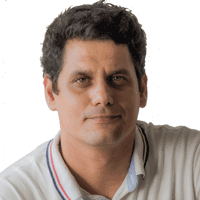
Sebastián
Grinschpun
Communication IFAE

Alícia Labián
Communication IFAE

Javi López
Developer

Daniel Guberman
PhD Student

Alba Fernández
PhD Student
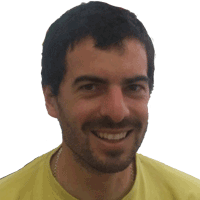
Quim Palacio
PhD Student

Leyre Nogués
PhD Student
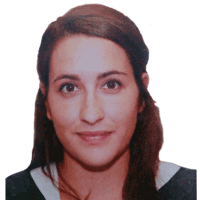
Maria del Villar
Designer
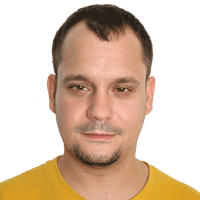
Oscar Martínez
Technician IFAE
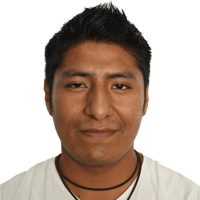
Armando Quispe
Technician IFAE
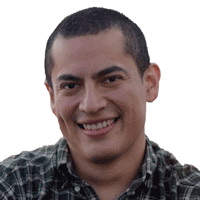
Adiv González Muñoz
Video time-lapse
How did we do it?
Scientific software and collaboration tools
Gamma-Ray Hunters integrates web technologies with the cloud programming environment, Google Colab. We use Python as well as several libraries that scientists regularly use to analyse data. All these technologies together make Gamma-Ray Hunters, a powerful educational tool for the popularization of science.
Who is it funded by?
More than anything, Gamma-Ray Hunters has needed al tot of time, but it also needed little money!
This project would not have been possible without the financial support of the Fundación Española para la Ciencia y la Tecnología and the Ministerio de Economía y Competitividad through the Program Centros de Excelencia Severo Ochoa.


What data do we use?
For Gamma-Ray Hunters, we use data recorded by the MAGIC telescopes. But...
We have optimized it for educational purposes. We have adapted the data so that the analyses and conclusions are easier to follow.
Do you want to talk to us?
We would like to hear from you and get your opinion
You will find us at:
Cazadores de Rayos Gamma
info@cazadoresderayosgamma.com
Institut de Física d’Altes Energies (IFAE)
Credits
Director
Oscar Blanch
Coordination, Edition and Production
Sebastián Grinschpun, Alícia Labián
Web development
Sebastián Grinschpun, Javier López
Original design
Maria del Villar
Original Music
Óscar Martínez
Video edition
Armando Quispe
Actors
Daniel Guberman, Alba Fernández, Leyre Nogués, Quim Palacio
Thank you!
Gamma-Ray Hunters wasn't built in a day
We want to thank all those people who have done their bit for Gamma-Ray Hunters, providing ideas, opinions, and advice, even long before it began to take shape. Special thanks to Digna Couso, Victor López, Carol de Britos and the participantsin the programme Bojos per la Física 2016.We can safely say getting here would not have been possible without your help. Thank you all!


